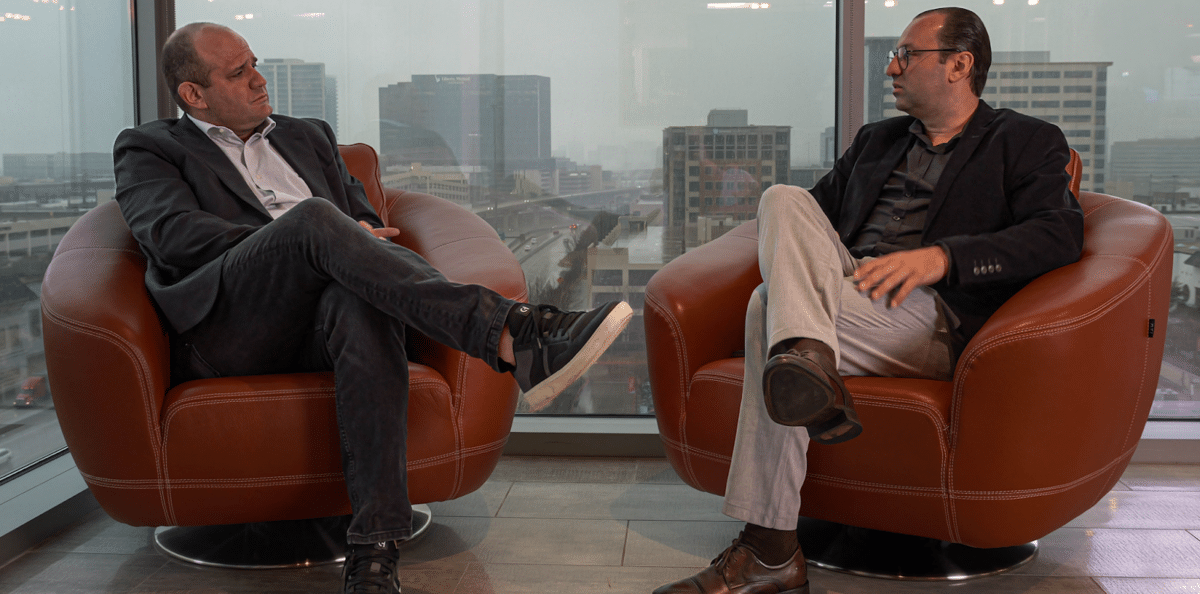Navigating the Golden Years: Tailored Private Asset Strategies for Investors Age 50 and Above
When you begin investing at a young age, a few years of a down market are nothing to worry about. Short-term fluctuations in market-based investments have little relevance in a retirement strategy that spans several decades because the market will eventually recover.
However, those fluctuations are more relevant when you reach age 50 and beyond. A string of a few bad years — 2020 to 2022, for example — or a mistimed entry point can set your investments back a few years. At that point in your retirement planning, you don’t have the luxury of “playing the averages” over the long term.
“For investors at age 50 and above, predictability becomes increasingly important,” says Matt Willer, Managing Director of Capital Markets and Partner at Phoenix Capital Group Holdings, LLC. “Those with a reasonable yet not over-funded personal balance sheet can suddenly find themselves consuming principal after a negative year or two, reducing their potential for future earnings. To address this, investors navigating the golden years should minimize variables that lead to such an outcome. Adopting a private asset strategy is one proven way to accomplish that.”
Willer is a 20-year veteran of corporate finance, serving in executive management and board of director-level positions for public and private companies in the US and Canada. His expertise includes scaling and financing growth-stage companies in multiple industry verticals, having raised over $1.1 billion in capital through debt and equity transactions, both brokered and non-brokered, with issuers. He is responsible for investor relations at Phoenix Capital, as well as structuring, managing, and acquiring private capital across multiple capital sources and classes.
Leveraging private assets to mitigate market volatility
All investors must address the implications of market volatility. For those approaching retirement, the implications become more pronounced, as those in their golden years have less time to recover from the fluctuations. Additionally, investors tend to shift their portfolios toward more conservative mixes as they approach retirement, making it more difficult to recover from acute losses.
“Private asset investing can be helpful to older investors because it provides a safeguard against volatility,” Willer shares. “In most cases, fluctuations in the value of private assets are not correlated to the stock market. As a result, they can buoy a portfolio when markets slide.”
Many private assets are also less affected by volatility because they are backed by real tangible assets. These types of investments can provide recurring revenues, protection against inflation, and residual values that further add to the value of a portfolio.
Gaining access to private asset investments
There are a variety of investments that fall under the umbrella of private asset investing. Real estate, natural resources, private equity, and private debt are some of the more common categories of private asset investing. Less common investment strategies can focus on unique opportunities like royalty streams, tax liens, and sports teams.
“Just as with any investment, private asset investing starts with defining risk tolerance, goals, time horizons, and other factors that play a role in the overall investment strategy,” Willer reminds investors. “Each private asset has its strengths and weaknesses. Getting the best performance requires a comprehensive understanding of both the investor and the investment.”
Real estate, for example, is a broad category that can benefit a portfolio by providing cash flow, tax benefits, and asset appreciation, but relying on it too heavily is as unhealthy as filling your portfolio with one company’s stock. Private credit is another private asset that has become increasingly popular, providing high-quality yields as banks have tightened their lending standards. Mitigating risks with private credit, however, requires considerable knowledge of credit quality and industry outlooks.
“Finding the right private asset and the right balance will normally require the assistance of an experienced professional,” Willer advises. “Advisors with expertise in private asset investing can provide the average retail investor with options many never knew existed, guiding them toward opportunities that often provide more predictable and possibly favorable returns without some of the concerns retirees experience with market-based investments that are subject to considerable volatility.”
Understanding the distinction of private asset investing
Regarding the mechanics of investing, several factors differentiate private asset investing from common stock market investing. One key difference involves liquidity, which is often severely limited to private asset investing. Investors who participate in private asset investing can expect asset holding periods of a decade or more.
The valuation process is another factor that is different from private asset investing. Whereas stock market valuation occurs in real-time, private asset values are assessed periodically. In many cases, valuations occur quarterly and are based on operational performance rather than market sentiment.
Private asset investors should also expect to find higher investing thresholds. Unlike the stock market, investing minimums for private assets can be quite high — six-figure thresholds are not unusual.
“A variety of conditions, including the war in Ukraine and the presidential election in the US, indicate market volatility could be on the rise,” Willer explains. “In addition, the interest rate cycle is at its peak, meaning now is the time to lock in favorable longer-term yields. These factors make it a compelling time to explore how private asset investing can add stability to a retirement portfolio, especially among investors in their golden years.”
Published by: Aly Cinco










